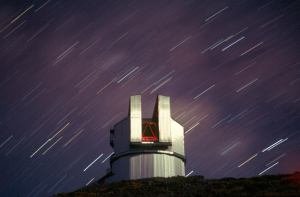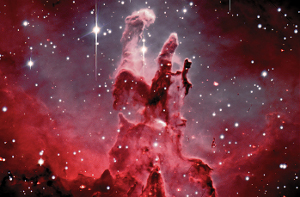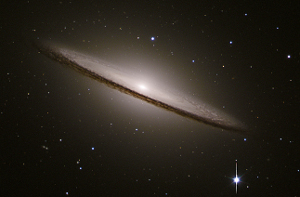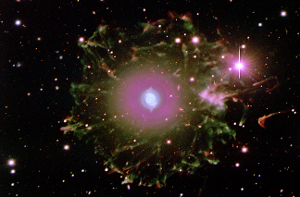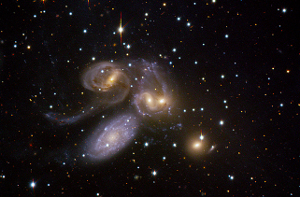The "Fundación Galileo Galilei - INAF, Fundación Canaria" (FGG) is a Spanish no-profit institution constituted by "INAF", the Italian Institute of Astrophysics.
The FGG's aim is to promote the astrophysical research, as foreseen in the international agreement of May 26, 1979 ("Acuerdo de Cooperación en Materia de Astrofísica, B.O.E. Núm.161, 6 Jul 1979"), by managing and running the Telescopio Nazionale Galileo (TNG), a 3.58m optical/infrared telescope located in the Island of San Miguel de La Palma, together with its scientific, technical and administrative facilities.
Latest news

HARPS-N Data Reduction Update - Decommissioning of DRS32
As of 27th of October 2025, the original HARPS-N Data Reduction System (DRS32), in use since 2012, has been officially decommissioned. This implies that the legacy DRS32 reduction code will not be run anymore on the TNG servers.
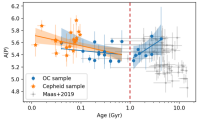
One element, two tracks: the unusual time evolution of phosphorus in the Milky Way
Using data acquired with GIARPS at the Telescopio Nazionale Galileo an international team (with researchers from Stockholm University, INAF, PMO Nanjing, Tokyo University, Malmö University and others) has produced the first age-resolved map of phosphorus of the Milky Way. By combining near-infrared spectroscopy with precise age tags from open clusters and classical Cepheids, the researchers uncovered a two track timeline for how this life-linked element accumulated in our Galaxy’s recent past. After the Big Bang produced mostly hydrogen, helium, and a trace of lithium, heavier elements were forged in stellar interiors, supernovae, kilonovae and so on, then recycled into new stars and planets.

Welcome Jonathan Gonzalez to FGG

AOT53 Call for Proposals. Deadline submission on Monday Nov 24th, 12:00 UT
The available time offered in this call at TNG via INAF-TAC is 60 nights, 14 of which are reserved to exo-planetary research programs (see special notices below) and 46 are for other science programs. We encourage applicants to submit proposals asking a row of consecutive nights to be done in visitor mode. The budget can increase if not all the nights offered in other calls will be effectively allocated by the respective TACs. The foreseen schedule breakdown is reported at the bottom. All proposals will be judged strictly on their scientific merit.


